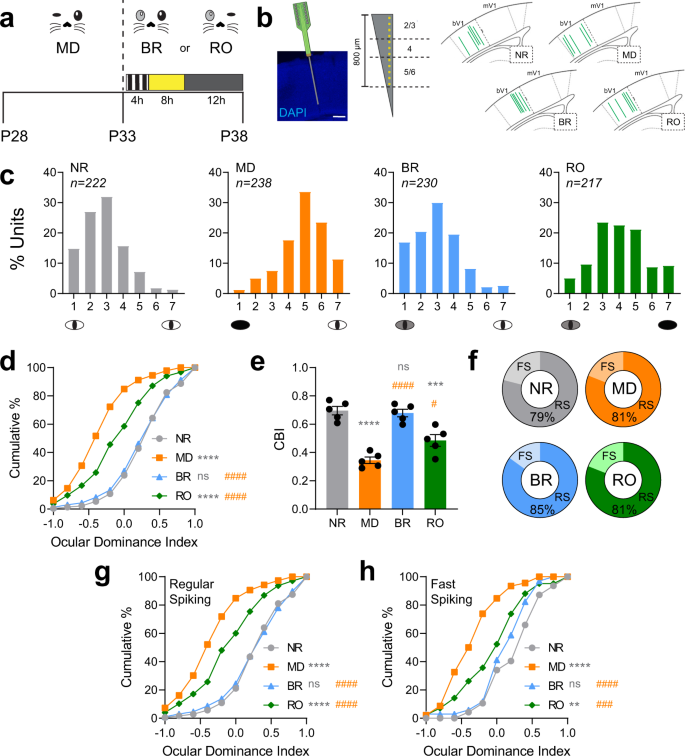2023-04-13 ミシガン大学
Michigan大学のLaura MacLatchyとJohn Kingstonが主導するこの研究により、類人猿の起源と草原が出現した時期についての見解が変わった。この研究では、森林での果物の採取よりも、開かれた草地の存在が類人猿の直立姿勢に影響を与えたとされている。これらの結果は、Science誌に掲載された。
<関連情報>
- https://news.umich.edu/apes-may-have-evolved-upright-stature-for-leaves-not-fruit-in-open-woodland-habitats/
- https://www.science.org/doi/10.1126/science.abq2835
ホミノイドの運動能力の多様性の進化: ウガンダの21 Maサイト、モロトからの証拠 The evolution of hominoid locomotor versatility: Evidence from Moroto, a 21 Ma site in Uganda
Laura M. MacLatchy,Susanne M. Cote,Alan L. Deino,Robert M. Kityo,Amon A. T. Mugume,James B. Rossie,William J. Sanders,Miranda N. Cosman,Steven G. Driese,David L. Fox,April J. Freeman,Rutger J. W. Jansma,Kirsten E. H. Jenkins,Rahab N. Kinyanjui,William E. Lukens,Kieran P. McNulty,Alice Novello,Daniel J. Peppe,Caroline A. E. Strömberg,Kevin T. Uno ,Alisa J. Winkler and John D. Kingston
Science Published:14 Apr 2023
DOI: https://doi.org/10.1126/science.abq2835
A new habitat for hominoid emergence?
The hominoid lineage underwent a major morphological change in the Miocene, acquiring strong hind legs and a more upright posture. The prevailing hypothesis pertaining to these changes has been that they were adaptive for foraging on fruit in the terminal branches of tropical forest trees. A pair of papers now argue that, instead, such changes may have been driven by adaptation to feeding on leaves in seasonally dry and open forests. Peppe et al. used new data from fossil mammal study sites and found that the expansion of grassy biomes dominated by grasses with the C4 photosynthetic pathway in eastern Africa likely occurred more than 10 million years earlier than prior estimates. MacLatchy et al. looked at fossils of the earliest ape in this region at this time, Morotopithecus, and found isotope evidence of the consumption of water-stressed vegetation and postcranial morphology indicative of strong hind limbs similar to modern apes. Together, these papers suggest that early hominoids emerged in a dryer and more irregular environment than was previously believed. —BEL and SNV
Structured Abstract
INTRODUCTION
Inherent in traditional views of ape origins is the idea that, like living apes, early large-bodied apes lived in tropical forests. In response to constraints related to locomoting in forest canopies, it has been proposed that early apes evolved their quintessential upright torsos and acrobatic climbing and suspensory abilities, enhancing their locomotor versatility, to distribute their weight among small supports and thus reach ripe fruit in the terminal branches. This feeding and locomotor transition from a quadruped with a horizontal torso is thought to have occurred in the Middle Miocene due to an increasingly seasonal climate and feeding competition from evolving monkeys. Although ecological and behavioral comparisons among living apes and monkeys provide evidence for versions of terminal branch forest frugivory hypotheses, corroboration from the early ape fossil record has been lacking, as have detailed reconstructions of the habitats where the first apes evolved.
RATIONALE
The Early Miocene fossil site of Moroto II in Uganda provides a unique opportunity to test the predictions of terminal branch forest frugivory hypotheses. Moroto II documents the oldest [21 million years ago (Ma)] well-established paleontological record of ape teeth and postcranial bones from a single locality and preserves paleoecological proxies to reconstruct the environment. The following lines of evidence from Moroto II were analyzed: (i) the functional anatomy of femora and a vertebra attributed to the ape Morotopithecus; (ii) dental traits, including molar shape and isotopic profiles of Morotopithecus enamel; (iii) isotopic dietary paleoecology of associated fossil mammals; (iv) biogeochemical signals from paleosols (ancient soils) that reflect local relative proportions of C3 (trees and shrubs) and C4 (tropical grasses and sedges that can endure water stress) vegetation as well as rainfall; and (v) assemblages of phytoliths, microscopic plant-derived silica bodies that reflect past plant communities.
RESULTS
A short, strong femur biomechanically favorable to vertical climbing and a vertebra indicating a dorsostable lower back confirm that ape fossils from Moroto II shared locomotor traits with living apes. Both Morotopithecus and a smaller ape from the site have elongated molars with well-developed crests for shearing leaves. Carbon isotopic signatures of the enamel of these apes and of other fossil mammals indicate that some mammals consistently fed on water-stressed C3 plants, and possibly also C4 vegetation, in a woodland setting. Carbon isotope values of pedogenic carbonates, paleosol organic matter, and plant waxes all point to substantial C4 grass biomass on the landscape. Analysis of paleosols also indicates subhumid, strongly seasonal rainfall, and phytolith assemblages include forms from both arid-adapted C4 grasses and forest-indicator plants.
CONCLUSION
The ancient co-occurrence of dental specializations for leaf eating, rather than ripe fruit consumption, along with ape-like locomotor abilities counters the predictions of the terminal branch forest frugivory hypotheses. The combined paleoecological evidence situates Morotopithecus in a woodland with a broken canopy and substantial grass understory including C4 species. These findings call for a new paradigm for the evolutionary origins of early apes. We propose that seasonal, wooded environments may have exerted previously unrecognized selective pressures in the evolution of arboreal apes. For example, some apes may have needed to access leaves in the higher canopy in times of low fruit availability and to be adept at ascending and descending from trees that lacked a continuous canopy.

Hominoid habitat comparisons.
Shown are reconstructions of a traditionally conceived hominoid habitat (A) and the 21 Ma Moroto II, Uganda, habitat (B).
Abstract
Living hominoids are distinguished by upright torsos and versatile locomotion. It is hypothesized that these features evolved for feeding on fruit from terminal branches in forests. To investigate the evolutionary context of hominoid adaptive origins, we analyzed multiple paleoenvironmental proxies in conjunction with hominoid fossils from the Moroto II site in Uganda. The data indicate seasonally dry woodlands with the earliest evidence of abundant C4 grasses in Africa based on a confirmed age of 21 million years ago (Ma). We demonstrate that the leaf-eating hominoid Morotopithecus consumed water-stressed vegetation, and postcrania from the site indicate ape-like locomotor adaptations. These findings suggest that the origin of hominoid locomotor versatility is associated with foraging on leaves in heterogeneous, open woodlands rather than forests.


